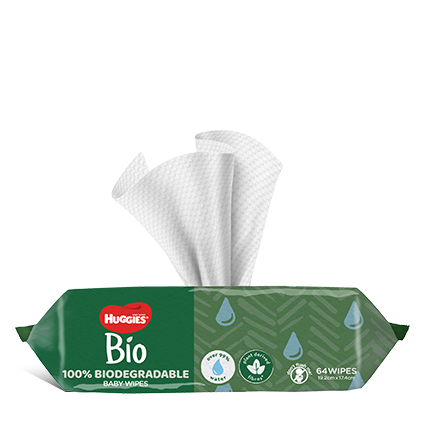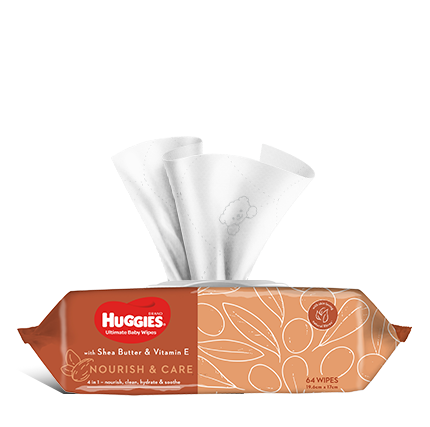Amber teething necklaces have become increasingly popular in just the last couple of years since they were introduced to the Australian and New Zealand markets, and websites devoted to amber bead necklace sales have sprung up everywhere. So what is all the fuss about? Why is there so much interest in these necklaces?
Many parents claim that their child is calmer, cries less and seems to experience less teething discomfort when they have been wearing an amber bead necklace. But is this sufficient proof that they deliver all the benefits that they are claimed to?
It pays to remember that correlation is not causation and despite the millions being spent on amber bead necklaces around the world, there is no hard scientific evidence which supports their maker’s miracle claims. Despite that fact, lots of mums swear that they work. So if you would like to give it a try make sure you do so safely and read all the facts below so you know what you can reasonably expect to happen.
What exactly is amber?
Amber is fossilised tree resin, or sap. When the bark of a tree has been damaged – a tree cut down or there has been an interruption in the integrity of hard outer bark – sap leaches out. If this is left undisturbed, then over time the resin solidifies to a rock like hardness. Amber bead necklaces are made from polished chips of this resin.
Holes are bored into each chip and then they are threaded onto cord which comes in various lengths so they can be looped over the baby’s head. It is possible to get amber bead anklets and bracelets as well and parents can also buy matching amber bead jewellery, including earrings.
The necklaces come in a range of colours from white-yellow, beige or brown. Manufacturers claim that the darker the amber, the more therapeutic its properties. Likewise, where in the world the amber is sourced is said to be an indication of its quality.
Why are amber bead necklaces so popular?
In medieval times it was common for adults to place amulets on babies for safe keeping. Doing this was thought to help ward off evil spirits and keep the child safe from harm. Death in infancy was far more common than it is today and superstition played a big part in childcare. Amber featured strongly in amulets and jewellery for children.
The idea of adorning a child with jewellery was also an outward sign of their family’s wealth, social status and standing. Jewellery was also thought to enhance the child’s natural beauty. Some form of adornment in the form of necklaces, headdress, crowns, rings, broaches and belts was believed to add to the inherent preciousness of the child.
Some people believe that amber bead necklaces assist with emotional bonding between parents and their child. They claim that the yellow glow from the beads augments a relaxed and soothing ambience which flows into and around their relationship.
Another claim is that when given as a gift, the necklace helps to build feelings of acceptance and belonging within a family.
There is also the issue of amber being the colour of the sun, a celestial body richly associated with folklore pertaining to warmth, healing and general wellbeing. Most of the amber used in the “better quality” or “first grade” necklaces comes from the Baltic Sea region. The significance of the sun and its warming properties is clearly valued by residents of European countries where cold weather extremes are common.
How do amber bead necklaces work?
Amber is a naturally occurring mineral. It is found around ancient forests as well as underground where it is mined in a similar way to other earthly deposits. Amber is said to have healing properties and when worn next to the skin, these benefits are passed on.
The warmth of the skin reputedly helps to release the natural oils contained in the amber and these are absorbed through the child’s skin and into their blood stream.
Amber contains an element called Succinic Acid and it is this which is said to deliver the beneficial properties of amber bead necklaces. Historically, Succinic Acid was used as an anti-inflammatory agent and to alleviate various aches and pains. When ground up and pulverised, it was used in baths and immersions. Now Succinic Acid is used predominately in the food and beverage industry and as a sweetener for foods.
Amber bead necklace benefits are said to be varied, though include anti-inflammatory, soothing, calming and to work as a general restorative. Interestingly, manufacturers claim that Succinic Acid concentrations are highest in amber sourced from the Baltic region at a level of 3-8%.
What’s the risk with using an amber bead necklace for my baby?
Choking and strangulation are the two major risks. Although most necklaces come with knots in the cord between each bead, there is still a risk of one of the beads breaking off and the baby inhaling it. Babies and children have a very narrow wind pipe (trachea) and if this is obstructed with even the smallest foreign body, air cannot flow into or out of their lungs.
The other risk is that children can be strangulated by the necklace and block off their airway. Blood flow to their head and brain can also be interrupted. The risk of strangulation is highest if the child wears the necklace during sleep.
The necklace can also be caught on an item of household furniture or swing and play equipment. Though to be fair, most manufacturer’s advice parental supervision whenever the necklace is on and to remove it before the child has a sleep.
What can I do so my baby is safe wearing an amber bead necklace?
Make sure you read the manufacturer’s recommendations and follow them carefully. Individual styles and varieties of necklaces require different care precautions, so take the time to check what is advised.
- Supervise your baby/child at all times when they have the necklace on.
- When your baby goes down for a sleep, remove the necklace.
- Check the necklace regularly for any broken or shattered beads. If the necklace is starting to deteriorate then throw it away.
- Don’t allow your baby to chew on the necklace. This could potentially weaken it.
- Check the knots between each bead to make sure they are still firm and secure. If the cord is fraying or looks like it is weakening, throw the necklace away.
- Keep the manufacturer’s recommendations. If you experience any problems with the necklace make sure you contact them so they can improve their quality control practices.
Just remember this about amber bead necklaces
- Believe or do not believe – the choice is yours.
- Amber needs to be heated to over 200 degrees Celsius before any volatiles are released. Considering the normal body temperature of a baby is around 36.5 degrees then any therapeutic benefits are unlikely.
- Check with your child health nurse or doctor if you are worried about any aspect of your baby’s behaviour.
Last Published* December, 2022
*Please note that the published date may not be the same as the date that the content was created and that information above may have changed since.
















